Biography
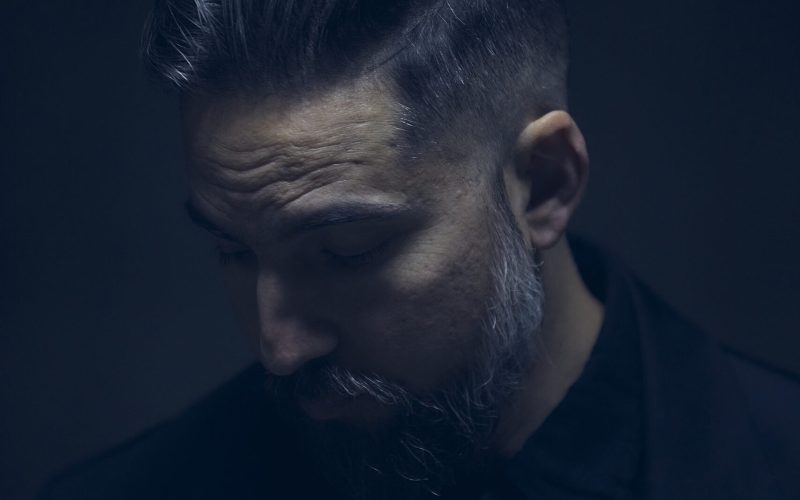
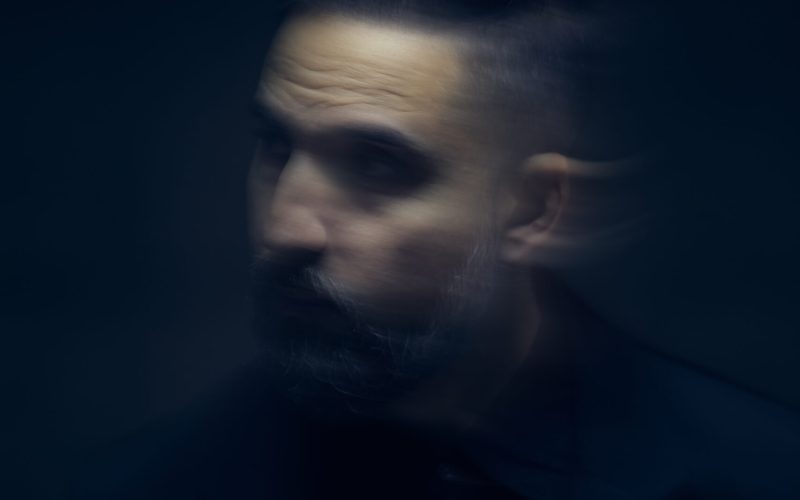
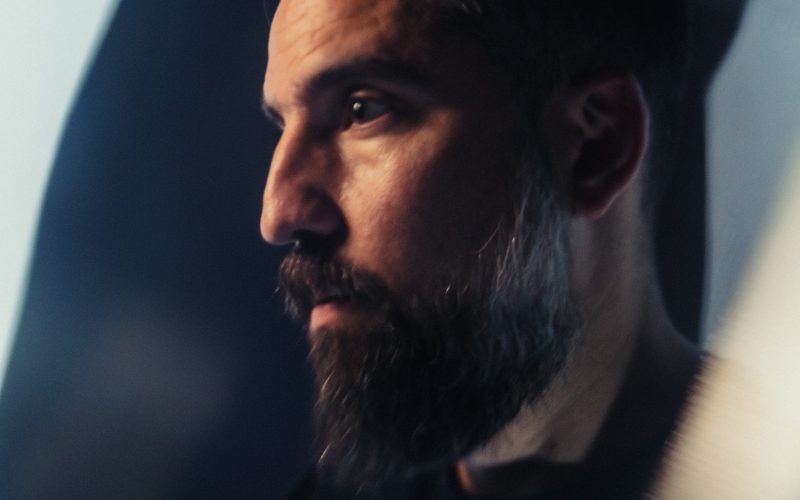
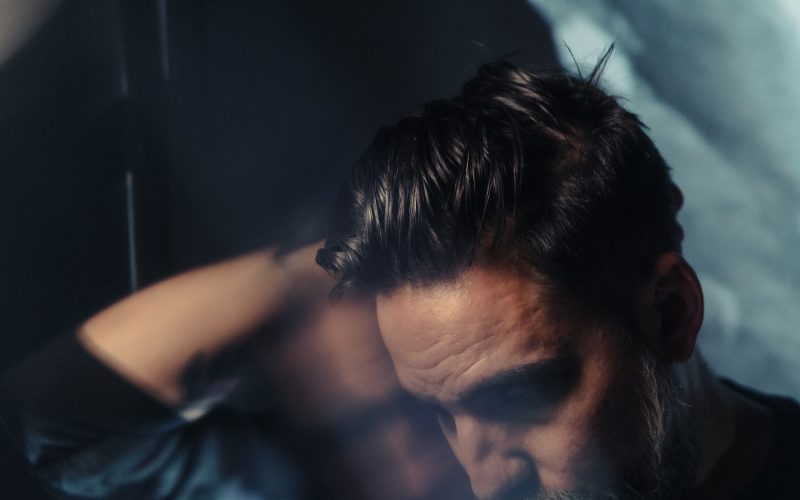
FUTURE FALLING – Album Bio
Over the past two decades, The Album Leaf’s Jimmy LaValle has known music as a daily pursuit. Each morning he enters his studio with a disciplined work ethic, balancing concrete objectives with the open-ended intention of simply writing something. On top of six solo albums and myriad other releases, the routine has amassed a vast library of experiments; he gravitates back to some, tinkering, building, refining, and putting aside again in a cycle of constant production. He last released a full-length album in 2016; NPR praised Between Waves, noting the “cinematic sprawl… an evocation of drama, loss and fraught emotional atmosphere,” and it’s no surprise in the time since LaValle has become prolific in the film scoring space. The techniques of soundtracking now influence how he writes, and the deadline-oriented nature of these projects was a welcome counterbalance to the more nebulous “next record.” As timelines stretched, ideas for LP7 surpassed two hundred demos, signaling styles, patterns, and pathways that could go in a dozen directions. FUTURE FALLING outlines one such sequence from the puzzle that stood out, ten striking arrangements coiling out of his hard drives and into the ether as a fluid, cohesive, and definitive set. FUTURE FALLING exhibits LaValle as emblematically inquisitive and renewed by outside perspectives. LaValle works with an array of other musicians, shaping melodic and meditative electro-organic music with contributions from Bat For Lashes, Kimbra, and many others. The music registers a shade darker and more synth-driven than most moments in his acclaimed catalog, a bridge between shadowy, cerebral terrain and dreamy precision pop, where softly percussive frameworks meet shimmering sound design and emotive instrumentation. LaValle sees The Album Leaf itself in cycles — spinning from solo outlet to full band and back in its nearly 25 years — and with FUTURE FALLING, he flourishes at a pivotal stage in the story, revealing an expanded sense of space.
The idea of the album has taken many shapes; at one point, between label contracts at the time, LaValle considered releasing volumes or small batches of tracks against the grain of industry expectations or bypassing The Album Leaf altogether with a new alias. Another notion that was ultimately abandoned was a record comprised entirely of collaborations; that process did yield several tracks that now serve as highlights on FUTURE FALLING, his first album of new material with Vancouver’s Nettwerk Records. The sequence LaValle settled on, mixed by Joshua Eustis (Telefon Tel Aviv), is a masterful exercise in pacing; the music meanders, pulses, and arcs in a way that arrests attention.
LaValle sees the construction of FUTURE FALLING as less conventional than past work. Contributions were done remotely with a “throw everything at it” mindset, making LaValle the arranger of layers from all over: drums, synths, horns, violins, voice, and more. LaValle created a pastiche of these layers and elements; in some cases even moving vocal takes to new tracks entirely. Without the in-the-room dynamics, he had more time to experiment, adding and subtracting ad infinitum. The desire to innovate and keep moving forward also produces one notable absence, LaValle’s signature Rhodes takes a back seat to the synths, effects pedals, and other analog-sourced electronics. A choice arrived at “not consciously,” he says, “it’s just where I’ve been living, more in a synthesized space.” With various machines, including the Novation Peak and Moog DFAM, as his engine, LaValle routes the sounds in and out, re-sampling and manipulating drums and tones to achieve the shapes his mind’s eye was seeing. “There’s a lot more exploration, out of the box; I’ve found a really good balance in creating music organically and analog, utilizing digital tools to tweak the source further.”
The album opens on “PROLOGUE,” an evocative, slow-building instrumental that rides a pattern into a symphonic sea of static. Keys and horns glide atop the rhythmic pulse of “DUST COLLECTS,” setting the contemplative scene for “AFTERGLOW,” the record’s most pop-minded performance. Here Kimbra, the Grammy-winning New Zealand singer-songwriter, renders a striking recollection of past love as percussive elements shimmer and swirl.
A plaintive piano line moves throughout “Cycles 19.9” encircled by light ambient washes, both a valley between two peaks and a powerful composition in its own right. “Future Falling” follows; with origins tracing back to 2015, the track embodies the full sonic journey LaValle has taken. All the hallmarks of The Album Leaf — melodic builds, vivid sprawl, tonal shape-shifting — assemble to a blissful finish.
For the next stretch, “Cycles” begins with a uneasy Rhodes loop that builds and erupts into a wall of texture paving its way into “Give In,” where LaValle models a movement that begins subtle and measured before curving up with skyward, percussive bursts (“Stride”) and settling back down to the album’s back-half centerpiece, “Near” featuring the acclaimed English artist Natasha Khan aka Bat For Lashes. “Do you feel me near?” she sings into a mist of widescreen synths and soothing, distant drum beats as if searching through the dark.
FUTURE FALLING ends under the ruminative swell of “Epilogue” which could easily loop back to the start. There is a full-circle sense to the collection, both in its sequencing and in the larger picture, with LaValle pushing his craft forward through relentless experimentation, just as curious as he was at the beginning of his influential 25-year run. A perpetual student, or perhaps more apt, a devoted craftsman. “I’m grateful to make music for a living,” he says. “I drop my kids at school at 8, and I just get to work.” FUTURE FALLING is the sum of that patient, consistent, intuitive flow; a potent outcome from a process-driven artist.
The legacy of One Day I’ll Be On Time is linked to its unlikely discovery and the moment in music that welcomed its ascent. As the story goes, a record store clerk in Iceland handed the CD to Jónsi, whose band, Sigur Rós, was searching for a supporting act for their US tour. Jónsi broadcasted the album out the windows of their pondside studio, and they decided right there that The Album Leaf was who they would ask. When the request came through, LaValle scrambled to put a live band together, and within weeks was on the road in front of the largest crowds he’d ever played for on a tour that started just days after the September 11th attacks. With DIY recording success stories still far from commonplace in the early 2000s, it was truly remarkable to see a project of such humble origins reach a sizable audience seemingly in an instant. LaValle’s time with Sigur Rós expanded; they toured Europe with the band often joining him on stage, and he’d record his next three albums in their Icelandic studio. From there, The Album Leaf’s touring and collaborative history intersects with like-minded projects such as Telefon Tel Aviv and Tycho, capturing a distinct boom for instrumental music which still reverberates across today’s listening landscape.
LaValle re-approaches One Day I’ll Be On Time with a desire to celebrate the milestone in a way that modernizes the music rather than retread through it. Initially, the project came about to create stems for spatial audio technology, but his vision evolved as he got deeper into the process, hearing these songs from his former self, recorded with the naivety and looseness of a burgeoning artist. Remembering the instinctive nature of those sessions, LaValle arrived at an experiment that spoke to artistic ingenuity and progression. “My first thought was, ‘oh this song is on guitar, let’s do it on the synth, or this song is on the Rhodes, let’s do it on something else, but more than that, I wanted to give these songs a new sense of space and depth, to see how far we could go and wide we could get.”
The transformation is evident from the onset; album opener “Gust Of” finds LaValle replacing guitar phrases with wide-screen synth tones, giving the composition a deeper, enveloping atmosphere. Fan favorite “Storyboard” presented LaValle with a unique challenge, how to re-record what was essentially an unfiltered first-take — the original left the studio sounds intact, everything the mic picked up from LaValle’s exchange with the engineer to his parting footsteps. Knowing he couldn’t recreate this instance, he focused instead on building a lush and lustrous world far outside the walls of a recording space. The new version is a marvel of meticulous production; warm swells of synth and soft percussion surround emotive strum patterns, all reaching a crescendo of shimmering resonance in its final minute.
“Hangover” is among the most drastic departures from 2001. Originally improvised on guitar, the song returns as a smooth-edged ambient sequence. The same wordless rumination remains while LaValle searches for something less defined in this haze; the effect is bittersweet, the feeling of the present washing up against memory banks. The stillness then breaks for “In Between Lines,” its stuttering drums snap crisply in the new mix as arpeggiated keys and swirling guitar feedback dance upfront. Contrasting the textural track to its predecessor is akin to seeing something wondrous and familiar in high definition for the first time.
That sensation runs throughout; the propulsive “Vermillion,” a standout in its first run and staple of The Album Leaf live show, again leaps from the set, heightened by an agile and robust full-band arrangement. LaValle’s mission was to embody where he’s taken “Vermillion” on stage over the years in collaboration with the musicians in his live band: David LeBleu (drums), Brad Lee (bass, trumpet), and Matt Resovich (violin). In the album context, “Vermillion” swings skyward one last time, culminating in a surge of cymbal crashes and horn howls leading into the tender outro, “Glimmer.” Here LaValle flips the foundational components while staying true to its mindset. “That song was plug-and-play recorded on guitar; I was in a tuning and just played it, so I wanted to do that as well, on my piano, so I just hit record and kept it all in there, no overdubs or anything.”
Jimmy LaValle is quick to point out that this exercise wasn’t meant to cover up mistakes or definitively revise One Day I’ll Be On Time. He wanted to see this career-launching material from a new angle, to revisit the raw takes and underscore the melodies and grooves defined by twenty years of performance. To remember the artist he was in his early 20s and recognize the one he’s become. When asked about how he’d like his fans to hear it, LaValle answers, “I hope they go in with fresh ears, wanting to have a new experience.” An open mind to match the intent of this forward-thinking retrospective project.